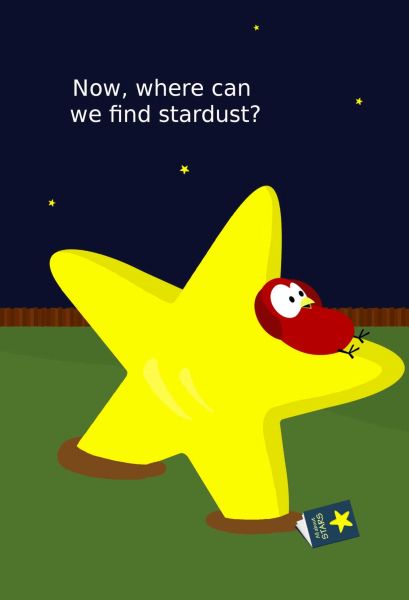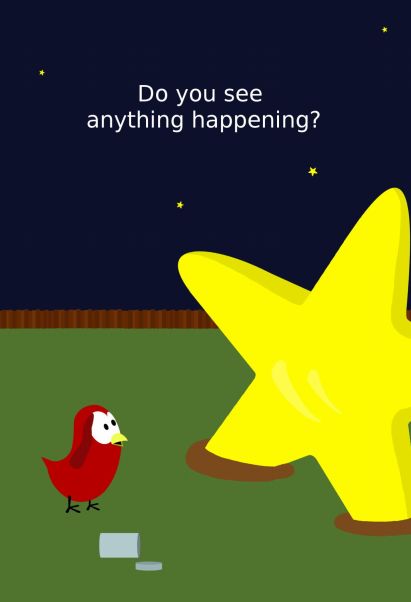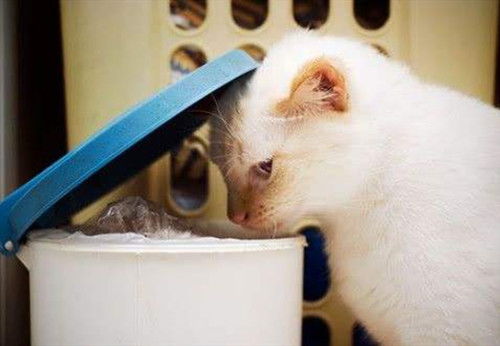
How to Train a Puppy Not to Bite
Training a puppy not to bite is an essential part of their development. Biting is a natural behavior for puppies as they explore the world with their mouths. However, it’s crucial to teach them that this behavior is not acceptable. Here’s a detailed guide on how to train your puppy effectively.
Understanding the Behavior
 Before you start training, it’s important to understand why puppies bite. Puppies use their mouths to explore, play, and communicate. They may also bite out of excitement, fear, or frustration. Recognizing the underlying cause of their biting can help you address the issue more effectively.
Before you start training, it’s important to understand why puppies bite. Puppies use their mouths to explore, play, and communicate. They may also bite out of excitement, fear, or frustration. Recognizing the underlying cause of their biting can help you address the issue more effectively.
Biting can be a result of teething, as puppies naturally chew on objects to relieve the discomfort. It can also be a sign of playfulness, as they mimic the behavior of their littermates. In some cases, biting may be a response to stress or anxiety.
Creating a Safe Environment
 To prevent biting, it’s important to create a safe and stimulating environment for your puppy. Provide them with appropriate chew toys to satisfy their natural urge to chew. This will help redirect their attention away from inappropriate objects, like your furniture or hands.
To prevent biting, it’s important to create a safe and stimulating environment for your puppy. Provide them with appropriate chew toys to satisfy their natural urge to chew. This will help redirect their attention away from inappropriate objects, like your furniture or hands.
Here’s a table of some recommended chew toys for puppies:
| Toy Type | Description |
|---|---|
| Plush Toys | Soft and cuddly, but not suitable for heavy chewing |
| Hard Plastic Toys | Sturdy and durable, designed for heavy chewing |
| Rubber Toys | Flexible and bouncy, great for teething |
| Interactive Toys | Engage your puppy’s mind and encourage play |
Teaching the “No Bite” Command
 One of the most effective ways to train your puppy not to bite is by using the “no bite” command. Here’s how to teach it:1. When your puppy bites you, firmly say “no bite” in a calm, but firm tone.2. Immediately redirect their attention to an appropriate chew toy.3. Praise them when they start chewing on the toy instead of biting you.
One of the most effective ways to train your puppy not to bite is by using the “no bite” command. Here’s how to teach it:1. When your puppy bites you, firmly say “no bite” in a calm, but firm tone.2. Immediately redirect their attention to an appropriate chew toy.3. Praise them when they start chewing on the toy instead of biting you.
Consistency is key in this training process. Make sure everyone in your household uses the same command and follows the same rules.
Positive Reinforcement
Positive reinforcement is a powerful tool in puppy training. When your puppy follows the “no bite” command, reward them with praise, treats, or affection. This will help them understand that good behavior is encouraged.
Here are some tips for using positive reinforcement effectively:
- Be prompt with your rewards. Reward your puppy immediately after they follow the “no bite” command.
- Choose a reward that your puppy enjoys. This could be a treat, a toy, or a pat on the head.
- Be consistent with your rewards. Always reward your puppy for good behavior.
Addressing Aggression
If your puppy’s biting is aggressive or becomes a persistent problem, it’s important to consult a professional dog trainer or veterinarian. Aggressive biting can be a sign of underlying issues, such as fear, anxiety, or pain.
Here are some signs of aggressive biting:
- Snarling or growling
- Stiff body posture
- Intense eye contact
Conclusion
Training a puppy not to bite requires patience, consistency, and understanding. By creating a safe environment, teaching the “no bite” command, using positive reinforcement, and addressing aggression, you can help your puppy grow into a well-behaved and beloved member of your family.





